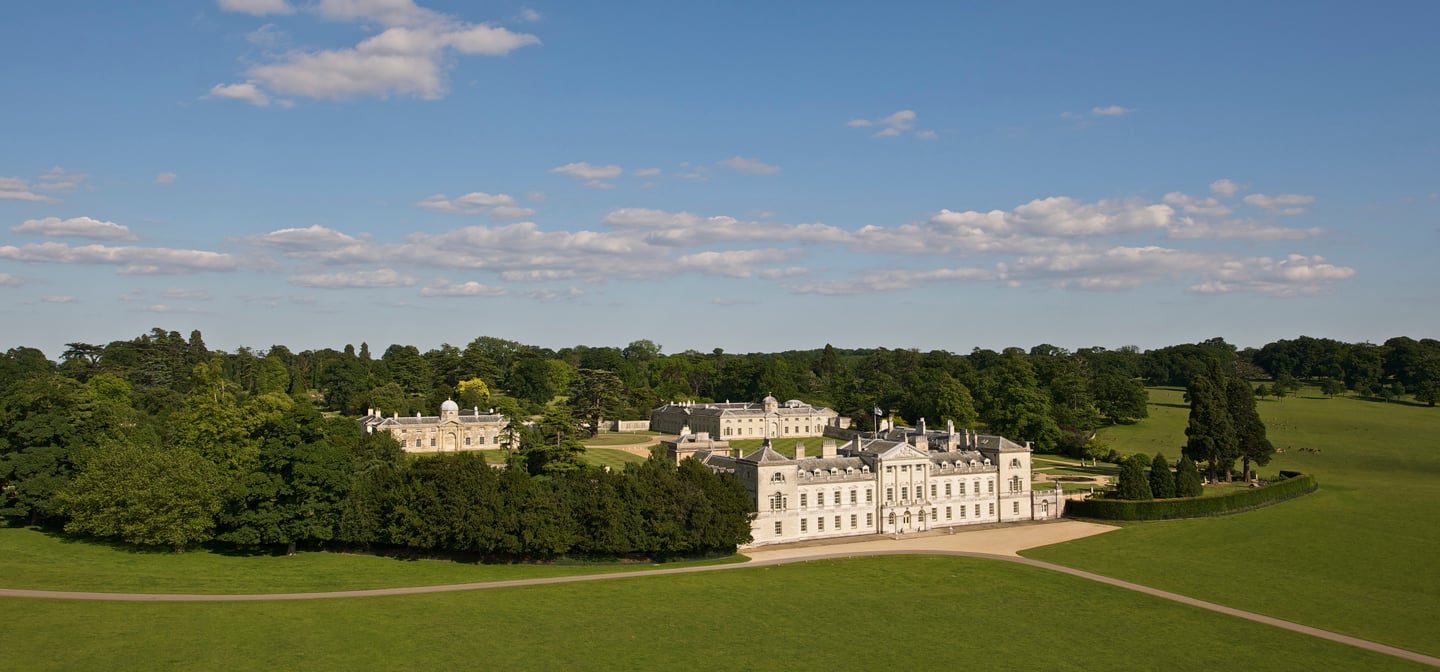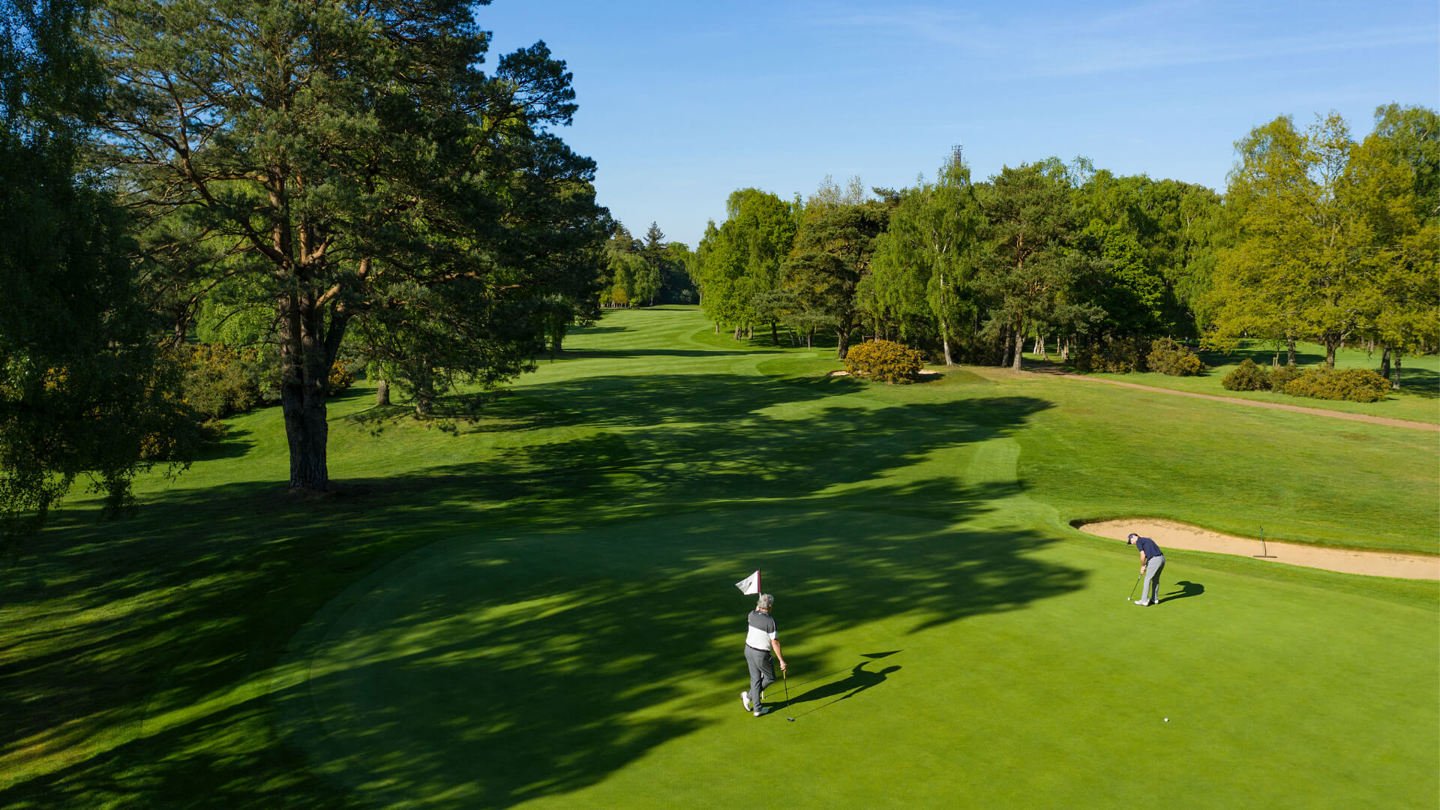Home of the 15th Duke and Duchess of Bedford, Woburn Abbey and Gardens are currently closed to facilitate a major refurbishment programme. We look forward to welcoming you back to enjoy the Abbey and its surroundings in spring 2026 when this is completed.


